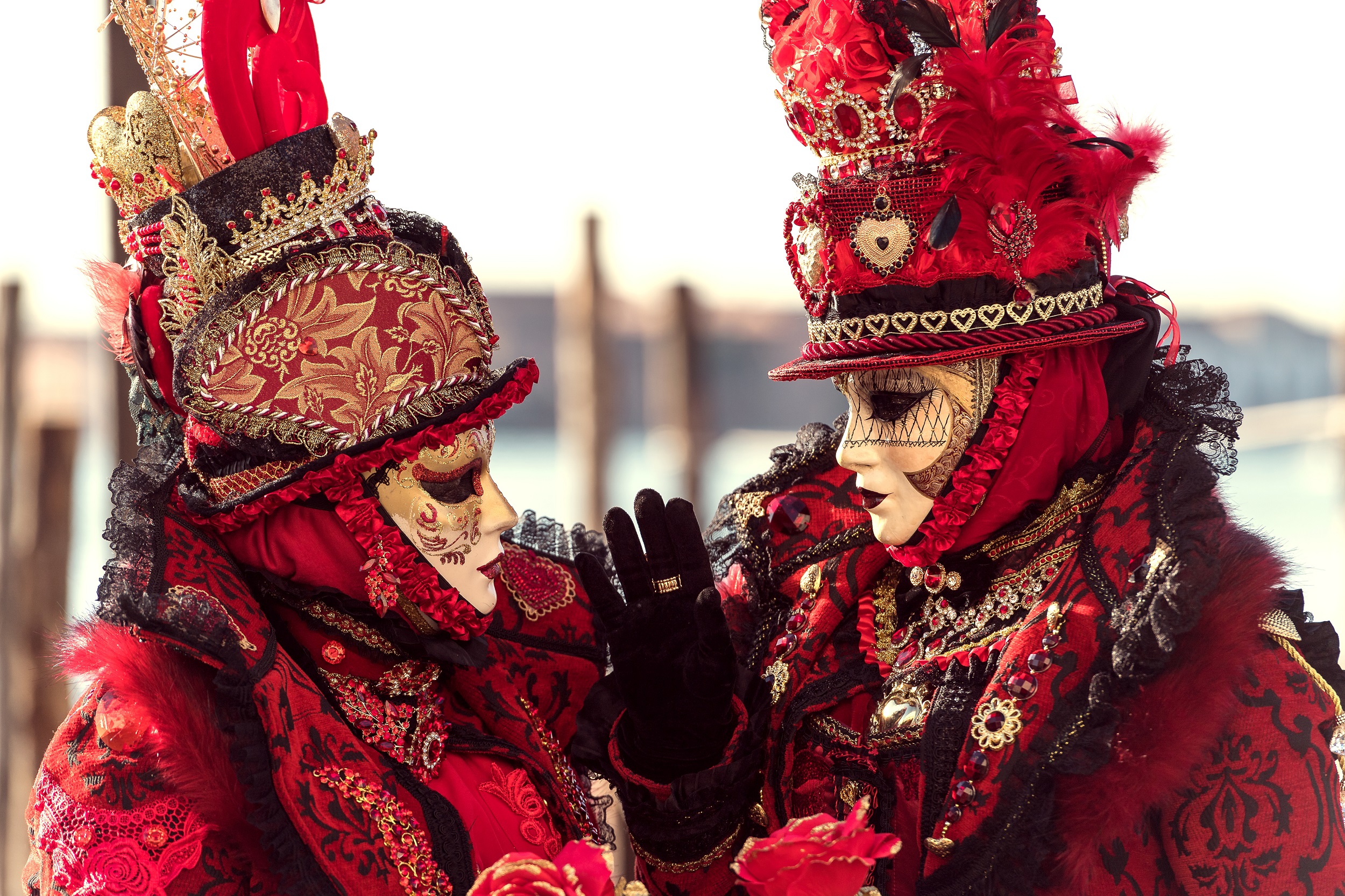
Traditional Cultural Expressions, a Protection Beyond Intellectual Property Law
John Steinbeck, in one of his works, questioned "Without our past, how will we know it´s us?" João de Barros also said "the man without memory has the understanding of little boy".
The preservation of our past, made of narrations and expositions of facts and memorable events, is a common concern for as long as memory exists. Characterized by historical feats, it is also externalized by artistic forms, namely traditional cultural expressions.
According to the Convention on the Protection and Promotion of the Diversity of Cultural Expressions of UNESCO, 2005, "cultural expressions" are “expressions that result from the creativity of individuals, groups and societies, and which have cultural content.".
Intentionally vague and comprehensive, this definition invites us to identify cultural expressions that may be considered as included in this category. Thus, in the concept of cultural expressions we can include immaterial expressions, externalized by words (tales, poetry), musicals (songs), corporals (dances, rituals) as well as material expressions such as paintings, sculptures, crafts and clothing.
Traditional cultural expressions are part of the cultural heritage of peoples, regions and the humanity, as far as they bear witness to a set of cultural goods to which identifiable meanings are attributed.
We recall that "Heritage" comes from the Old French iritage, eritage, heritage "heir; inheritance, ancestral estate, heirloom," meaning the "condition or state transmitted from ancestors", evoking that the person who received a heritage should manage it as a good father in order to passing it onto their descendants.
Intellectual property law has proved to be a possible tool for the management and transmission of cultural heritage, protecting it from unauthorized use and reproduction, misappropriation and other forms of illicit exploitation.
Indeed, intellectual property rights make it possible to protect traditional cultural expressions through the registration of copyright and related rights, geographical indications, designations of origin, trademarks and designs.
Thus, contemporary adaptations of folklore are protected by copyright, while traditional music may be covered by the WIPO Performances and Phonograms Treaty and Beijing Treaty on Audiovisual Performances. Trademark registrations can also be used to identify traditional arts, such has what happens with the protection of the word "Maori" in New Zealand.
The intellectual property rights confer exclusive property rights in order to allow the control of the commercial exploitation of traditional cultural expressions by the creators, and establishes a moral protection of the same goods, avoiding their expropriation by third parties and preventing unfair competition.
However, the protection of traditional cultural expressions through intellectual property rights carries the risk of transforming these goods into mere commodities, placing in second place the importance cultural expressions have in symbolic and identity levels.
Protection through intellectual property rights also introduces a logic of authorship, as well as microeconomic dynamics and legal concepts that are often unsuited to the particularities of traditional cultural expressions.
Indeed cultural heritage not only has an undeniable artistic value, but also carries an identity that surpasses its own creator and forms a common cultural model, favouring the recognition of a group that shares the same sense of belonging.
Intellectuals, such as Giannini and Sandulli, emphasize the primordial character of cultural value, which is immaterial in relation to the materiality of the thing. The cultural good is, in this way, dual: it is thing, material, and it is immaterial culture. In short, the cultural good is detachable from his support in the sense that it has its own value, whose ownership belongs to the community as a good of fruition, which justifies its protection.
The complexity of this issue becomes clearer when we analyze the concept of cultural good. According to the work of the FRANCESCHINI Commission, established in Italy by Law No. 310 of 26 April 1964 to evaluate the protection and valuation of objects of historical, artistic, archaeological and landscape interest, the cultural good is “il bene che constituiria testimonio materiale avente valore di civilitá”.
In the light of this definition, the distinction between public and private good is not relevant with regards to the cultural object, opting to centralize the legal regime of heritage in the object and not in its owner. This advance is primordial because it allows restrictions on the property right because of the cultural character of the thing.
The concept of public interest of the good allows to clarify the definition of cultural good. This concept includes all assets that, despite public or private ownership, have a social utility that justifies the application of a specific legal regime. Thus, to the pre-eminence of property is replaced a non-appropriable quality that is closely linked to history and culture.
To this extent, the intellectual property right that establishes a temporary property protection of the cultural good does not seem to be the most appropriate legal regime for the protection and preservation of traditional cultural expressions. In our opinion, it is necessary to reflect on a single legal regime at a national level, capable of responding to all the challenges that this issue encompasses. This legal regime in our knowledge, does not yet exist.
Currency Info
Final charges will be made in USD.
Currency conversion is for information purposes only and accuracy is not guaranteed. Overseas customers are encouraged to contact their bank or credit card provider for details on any additional fees these institutions may include for currency conversion.
Territory List
There are no results for your search.
- Africa
- Algeria
- Angola
- Benin
- Botswana
- Burkina Faso
- Burundi
- Cameroon
- Cape Verde
- Central African Republic
- Chad
- Comoros
- Congo (Republic)
- Côte d'Ivoire
- Democratic Republic of the Congo
- Djibouti
- Egypt
- Equatorial Guinea
- Eritrea
- Eswatini (Swaziland)
- Ethiopia
- Gabon
- Gambia
- Ghana
- Guinea
- Guinea-Bissau
- Kenya
- Lesotho
- Liberia
- Libya
- Madagascar
- Malawi
- Mali
- Mauritania
- Mauritius
- Mayotte
- Morocco
- Mozambique
- Namibia
- Niger
- Nigeria
- Réunion
- Rwanda
- Sao Tome and Principe
- Senegal
- Seychelles
- Sierra Leone
- Somalia
- South Africa
- South Sudan
- Sudan
- Tanzania (mainland)
- Togo
- Tunisia
- Uganda
- Western Sahara
- Zambia
- Zanzibar
- Zimbabwe
- Africa (OAPI)
- Africa (ARIPO)
- Other
- East Timor
- Macao
- Maldives
- Portugal
- European Patent (EPO)
- European Union Trademark (EUTM)
- International Trademark (Madrid System)
- Patent Cooperation Treaty (PCT)




